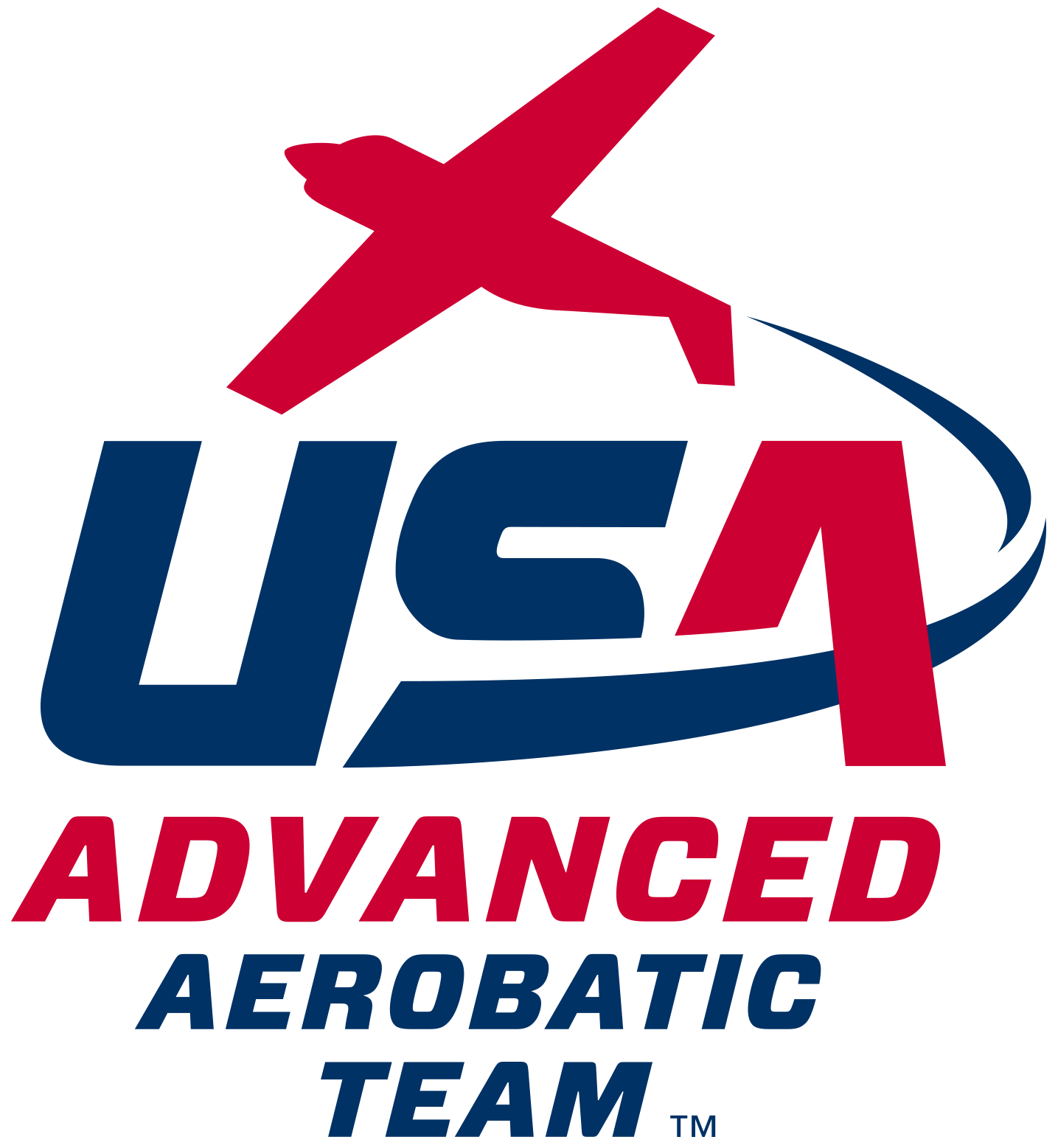by Sam Burgess IAC 23
Sport Aerobatics June 1999

On a recent "all member" survey by the IAC, it was obvious that the most important item was new member retention. So, how about a "How To" bit for Basic acro competitors?
In a letter by Chuck Eastlake, IAC 25345, in the April 1999 issue of Sport Aerobatics, he shared his impressions as a "first time competitor" flying in a *Basic Category. Some of his comments require a follow-up by our directors.
"I thought I would be laughed at." This is the last thing the IAC wants to hear from a new member. However, his following comments reveal that the **"buddy system" is still alive and well.
The high number (13) of Basic contestants at Sebring is very encouraging. To insure continued interest, check the following.
1. Basic Sequence: Although it is published in the ***IAC Official Contest Rule, on page 73 in the 1999 rule book, it should also be included in the 1999 Known sequences instead of making it a "side show". How many Basic pilots have a rule book?
2. The Spin: As a first figure it is hardly ever found in a ****Free group as it is difficult to get the chief judge's attention with the throttle retarded and the spin enry is usually missed. Buck Weaver, with his "HED-ZUP" call, was nortorious for his wake up call.
A Basic pilot can increase his/her chances of being noticed by a very vigorous wing waggle. I once received a 10.5 from Mike Murphy on this "outside the box" figure. Also, you can retard the throttle quickly to get the engine to "pop-ate-pop."
Some judges usea score sheet to set the line before the spin entry. If you fail to constantly raise the nose to increase the angle of attach as the speed slows, you will descend below this line. Try recovering from the spin by establishing the down line as the same time to preserve altitude and finesse the judges.
3. The Loop: It has been beaten and pummeled over the years as to its execution. There is only one basic rule to remember...the speed of the rotation of the nose is directly relative to the air spped, i.e., as the airspeed slows so does the movement of the nose. After watching many "egg standing on end" loops, a Sportsman pilot asked, "Just what do you look at after the horizon disappears on the pull?" "I look for the horizon again." He was surprised to learn to look out at the wing tip to keep the wings level and control the movement of the nose. "But doesn't that hurt your neck?" "Sure, but if you are going to be an acro pilot, you have to take your lumps too like a quarterback sack, a slam dunner's foul, a hockey player's body check and the slide into second a base."
Don't forget, the judges are using the same criteria as in Unlimited. A spin is a spin no matter the category, although I've heard some judges remark, "Well, it's just a Basic pilot in his/her first contest," and ups the score! This is not fair to the contestant as he/she will never know completely what was done wrong.
4. Slow Roll: The chart on this page is self-explanatory and was used on the Civilian Pilot Training program in 1940.
So, when registering for your very first contest, be sure to ask for a "Buddy" from the registrar. He/she wilkl make you feel at home and be there for quesitons, critiques, tips, meeting new friends, etc. Their job is to make you feel wanted and to enjoy this sport.
Frank Price once quipped, "If it can't be fun, why fly?"
*The Basic cateory became the Primary category in the mid-1990s. Competition aerobatics in the United States is made up of five categories; Primary, Sportsman, Intermediate, Advanced and Unlimited for powered airplanes. For gliders, the Primary category is not flown in competition, but is present in the Achievement Award Program when flying for a Smooth award. (Smooth awards are flown at non-competition occasions such as a chapter practice day.)
**From the IAC Guidelines for Contest Directors: Every one of us can remember the first aerobatic contest we attended and how we have felt a bit "out in the cold". The IAC "Buddy System" is a solution to this problem. The registrar should assign each first timer an experienced "buddy" who can spend some time with him and familiarize him with contest procedures, the aerobatic box, how the starting line is run, and the necessary briefings. He also might critique his flights and help him improve his flying. Be sure to do this at the time of initial registration of this newcomer.
***The IAC sanctioned contests were comprised of a four category system for over 20 years when "Basic" was added. Link to current IAC Official Rule Book. IAC member login required.
****"Free group" in this case refers to the freestyle sequences developed by each individual pilot. For the Intermediate, Advanced and Unlimited competitors a Freestyle must be developed and is often their second flight in the contest. Primary doesn't have this requirement and the Freestyle is optional for the Sportsman competitors.

